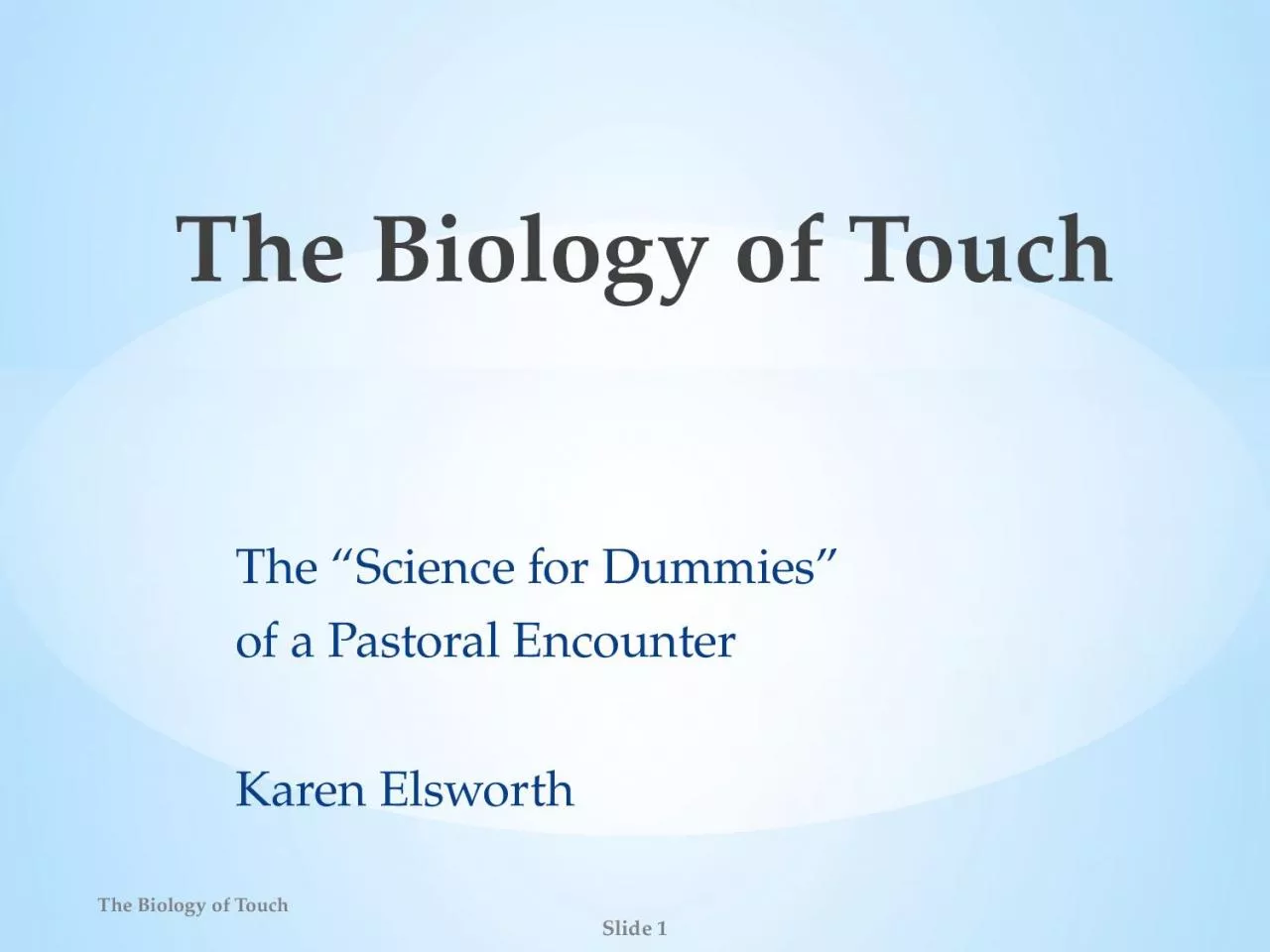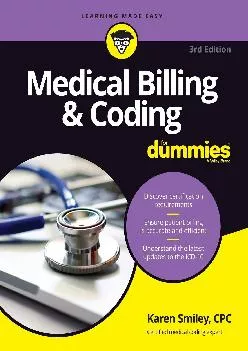PPT-The “Science for Dummies”
Author : PlayfulPenguin | Published Date : 2022-08-02
of a Pastoral Encounter Karen Elsworth The Biology of Touch The Five Special Senses Five special senses sight smell hearing taste all in the head and touch All tissues
Presentation Embed Code
Download Presentation
Download Presentation The PPT/PDF document "The “Science for Dummies”" is the property of its rightful owner. Permission is granted to download and print the materials on this website for personal, non-commercial use only, and to display it on your personal computer provided you do not modify the materials and that you retain all copyright notices contained in the materials. By downloading content from our website, you accept the terms of this agreement.
The “Science for Dummies”: Transcript
Download Rules Of Document
"The “Science for Dummies”"The content belongs to its owner. You may download and print it for personal use, without modification, and keep all copyright notices. By downloading, you agree to these terms.
Related Documents



![[READ] Juicing and Smoothies For Dummies (For Dummies Series)](https://thumbs.docslides.com/882553/read-juicing-and-smoothies-for-dummies-for-dummies-series.jpg)
![[DOWNLOAD] - Running a Food Truck For Dummies (For Dummies (Lifestyle))](https://thumbs.docslides.com/887980/download-running-a-food-truck-for-dummies-for-dummies-lifestyle.jpg)
![[EPUB] - Arabic For Dummies (For Dummies (Language & Literature))](https://thumbs.docslides.com/900895/epub-arabic-for-dummies-for-dummies-language-literature.jpg)
![[EPUB] - Algebra I For Dummies Book + Workbook Bundle (For Dummies (Math & Science))](https://thumbs.docslides.com/900953/epub-algebra-i-for-dummies-book-workbook-bundle-for-dummies-math-science.jpg)
![[EPUB] - Calculus Workbook For Dummies with Online Practice (For Dummies (Math & Science))](https://thumbs.docslides.com/900999/epub-calculus-workbook-for-dummies-with-online-practice-for-dummies-math-science.jpg)
![[EPUB] - Basic Math & Pre-Algebra For Dummies Book + Workbook Bundle (For Dummies Math](https://thumbs.docslides.com/901712/epub-basic-math-pre-algebra-for-dummies-book-workbook-bundle-for-dummies-math-science.jpg)
![[EBOOK] - ACT 2022 For Dummies with Online Practice (For Dummies (Career/Education))](https://thumbs.docslides.com/901976/ebook-act-2022-for-dummies-with-online-practice-for-dummies-career-education.jpg)
![[DOWNLOAD] - 2021 / 2022 ASVAB For Dummies: Book + 7 Practice Tests Online + Flashcards](https://thumbs.docslides.com/902515/download-2021-2022-asvab-for-dummies-book-7-practice-tests-online-flashcards-video-for-dummies-career-education.jpg)


![[eBOOK]-Python for Data Science For Dummies (For Dummies (ComputerTech))](https://thumbs.docslides.com/970565/ebook-python-for-data-science-for-dummies-for-dummies-computertech.jpg)
